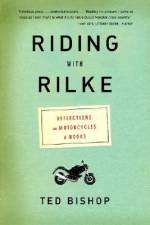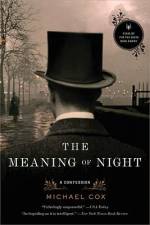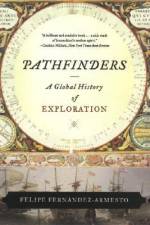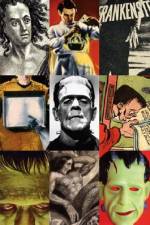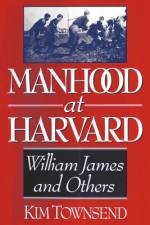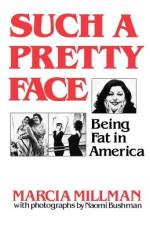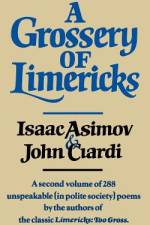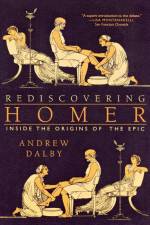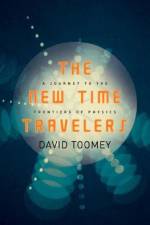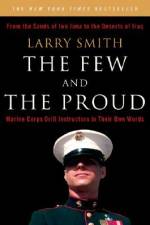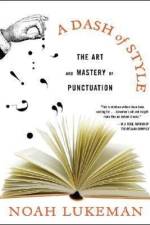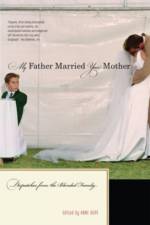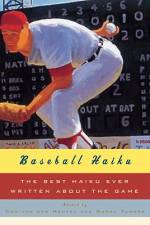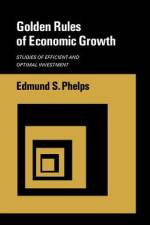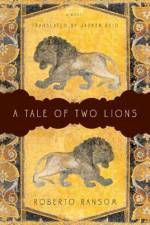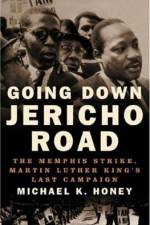av Andrew Kolbasovsky
347
Forced to perform a delicate balancing act of offering the best possible care for their clients while carefully adhering to various managed care policies and procedures, providers in particular often wince at the prospect of having to deal with managed care companies, or MCOs. Fearing burdensome paperwork, low reimbursement rates, and denials of care, it's not surprising that a number of mental health professionals choose to limit their involvement with managed care companies-or eliminate it altogether."My clients are all on different health plans; how can I keep the policies straight?""Getting services approved is so time-consuming that I'm better off accepting only self-paying clients, aren't I?""Do the benefits of working with MCOs really outweigh the drawbacks?"The answer, according to two industry insiders, is yes. If you know how to work with the system, the system can work for you. Mental Health Provider's Guide to Managed Care is the first handbook of its kind to offer clinicians a window into the inner-workings of MCOs. Authors Reich and Kolbasovsky candidly draw on their combined 37 years experience in the field to walk readers through all the major elements of how to successfully work within the system: marketing yourself and your practice to an MCO, getting onto a MCO's network, maintaining a good relationship and communicating with MCOs for quick service approval, reducing your liability, understanding your rights and responsibilities, getting paid, and more. Every issue-big and small-is covered, from capitation versus fee-for-service payment arrangements to evaluating which MCOs are a good fit to join, and everything in between. After explaining how to work with the system, the authors reveal how to put the system to work for you. Tips for building your practice through referrals, generating business through doctor collaboration, and understanding future practice opportunities are all covered.By demystifying the complexities of managed care and offering a unique, inside view of the process, this book mitigates the negative connotations associated with MCOs and exposes the hidden benefits of a seemingly burdensome process. Exceedingly reader-friendly and packed with insightful tips and vignettes, Mental Health Provider's Guide to Managed Care is one clinician's guide you won't want to be without.



